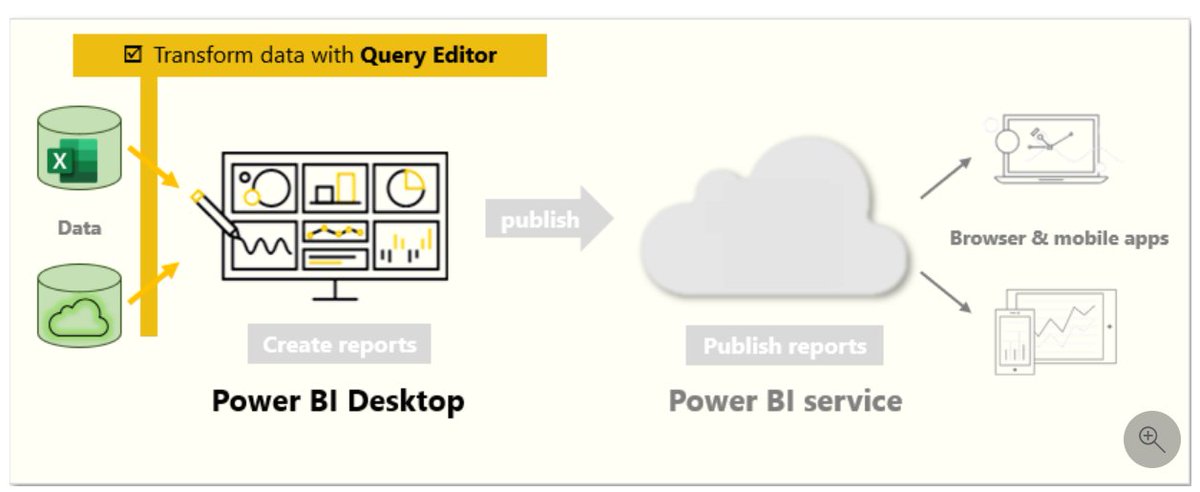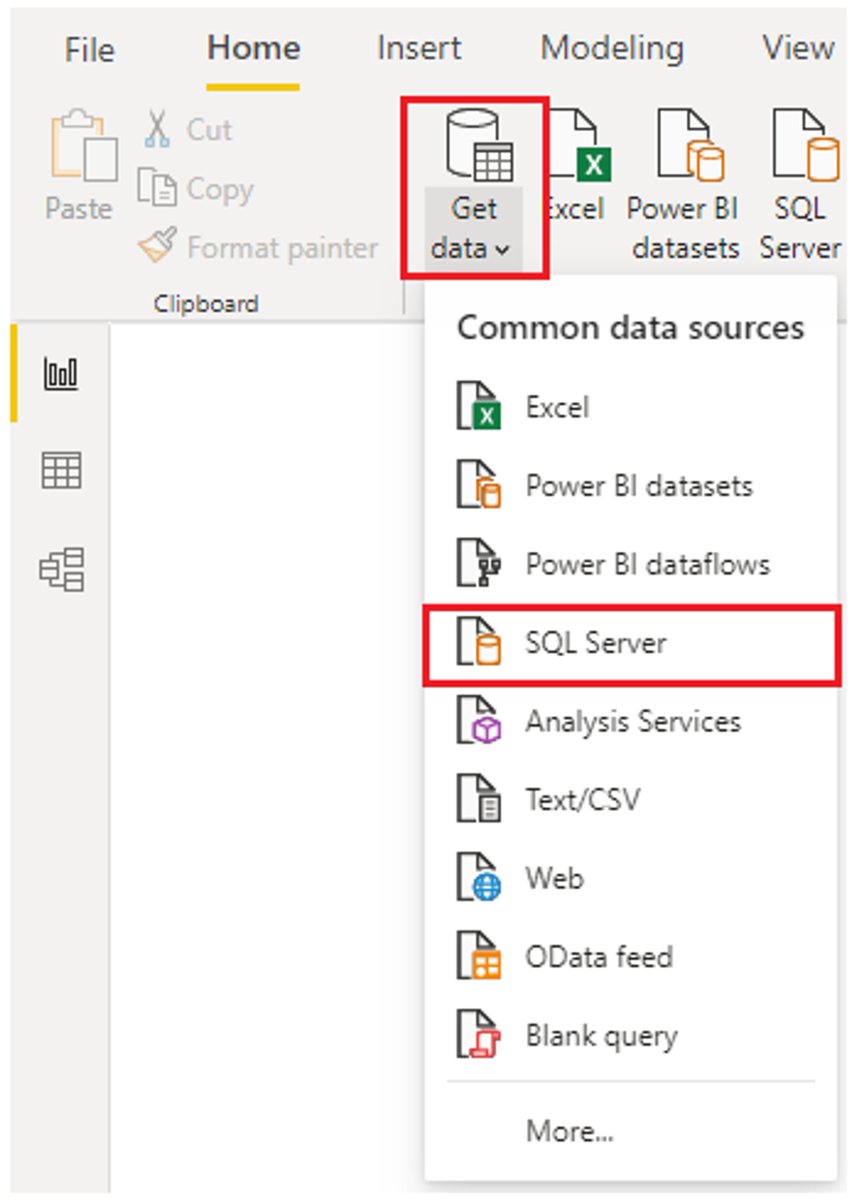
Data Analytics Consultant 🧑💻
Simplifying Data Science and guiding you to unlock your potential in Analytics!
DM for Enquiries 📨
6 subscribers
How to get URL link on X (Twitter) App


 Data lives everywhere!
Data lives everywhere!
 There are three types of dashboards based on your audience
There are three types of dashboards based on your audience

 1. Master the art of asking questions:
1. Master the art of asking questions: 
 Depending on how data is ingested into your system, you could process each data item as it arrives, or buffer the raw data and process it in groups.
Depending on how data is ingested into your system, you could process each data item as it arrives, or buffer the raw data and process it in groups.

 1/ Indexing
1/ Indexing 

 What are Window functions?
What are Window functions?
 Storytelling with Data can be done in 4 parts
Storytelling with Data can be done in 4 parts
 1. Data Structures:
1. Data Structures: 
 1. Stay Organized
1. Stay Organized 


 Categorical visuals
Categorical visuals



 Get started with Power Query Editor
Get started with Power Query Editor

 Organize items with workspaces
Organize items with workspaces

 Your next step is to enter your database server name and a database name in the SQL Server database window.
Your next step is to enter your database server name and a database name in the SQL Server database window.

 1. Identifying Missing Values:
1. Identifying Missing Values:

 1. Using Square Brackets []:
1. Using Square Brackets []: 
 1. Data Structures:
1. Data Structures:
 1/ Indexing
1/ Indexing 